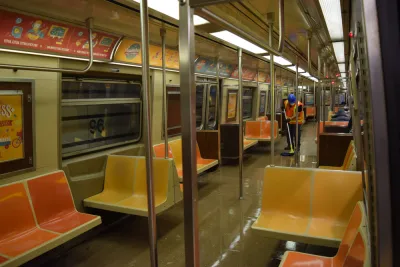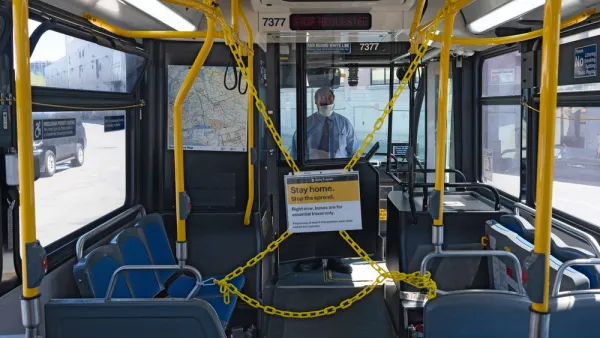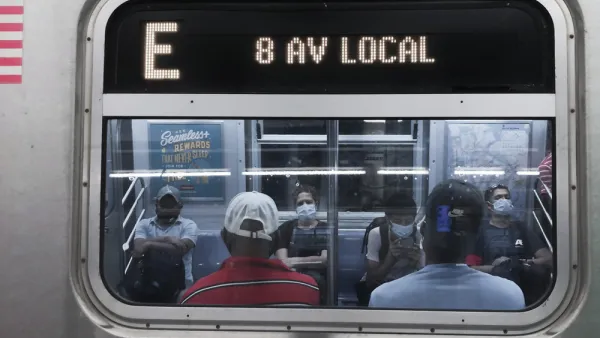A noticeable increase in subway ridership has been taking place on subway trains in New York City, but not enough to call it a comeback, yet.

"Subway ridership is ticking up slowly but surely, new turnstile data show, but straphangers are still not coming back as fast as drivers," reports Dave Colon from New York City.
The findings come from Todd Schneider, who provides analysis of publicly available ridership data for the New York Metropolitan Transportation Authority (MTA) subway system. The MTA subway system counted 600,952 riders on May 15, the highest number since the system counted 676,556 riders on March 27.
The information comes with a note of caution: the slight increase on the New York subway is nowhere near enough to overcome the system's fiscal emergency, and most of the city is still staying home, so a return to normal is not suddenly imminent. Moreover, the increase in subway ridership is slower than the number of drives returning to the streets in the city. "Up on the streets, vehicle miles traveled rose from 21,630,000 miles on March 30, one week into PAUSE, to 34,240,000 miles on May 8, an increase of 58 percent," according to Colon.
FULL STORY: Nature Is Healing: Riders Are Slowly Returning To The Subway

National Parks Layoffs Will Cause Communities to Lose Billions
Thousands of essential park workers were laid off this week, just before the busy spring break season.

Retro-silient?: America’s First “Eco-burb,” The Woodlands Turns 50
A master-planned community north of Houston offers lessons on green infrastructure and resilient design, but falls short of its founder’s lofty affordability and walkability goals.

Delivering for America Plan Will Downgrade Mail Service in at Least 49.5 Percent of Zip Codes
Republican and Democrat lawmakers criticize the plan for its disproportionate negative impact on rural communities.

Test News Post 1
This is a summary

Test News Headline 46
Test for the image on the front page.

Balancing Bombs and Butterflies: How the National Guard Protects a Rare Species
The National Guard at Fort Indiantown Gap uses GIS technology and land management strategies to balance military training with conservation efforts, ensuring the survival of the rare eastern regal fritillary butterfly.
Urban Design for Planners 1: Software Tools
This six-course series explores essential urban design concepts using open source software and equips planners with the tools they need to participate fully in the urban design process.
Planning for Universal Design
Learn the tools for implementing Universal Design in planning regulations.
EMC Planning Group, Inc.
Planetizen
Planetizen
Mpact (formerly Rail~Volution)
Great Falls Development Authority, Inc.
HUDs Office of Policy Development and Research
NYU Wagner Graduate School of Public Service




























